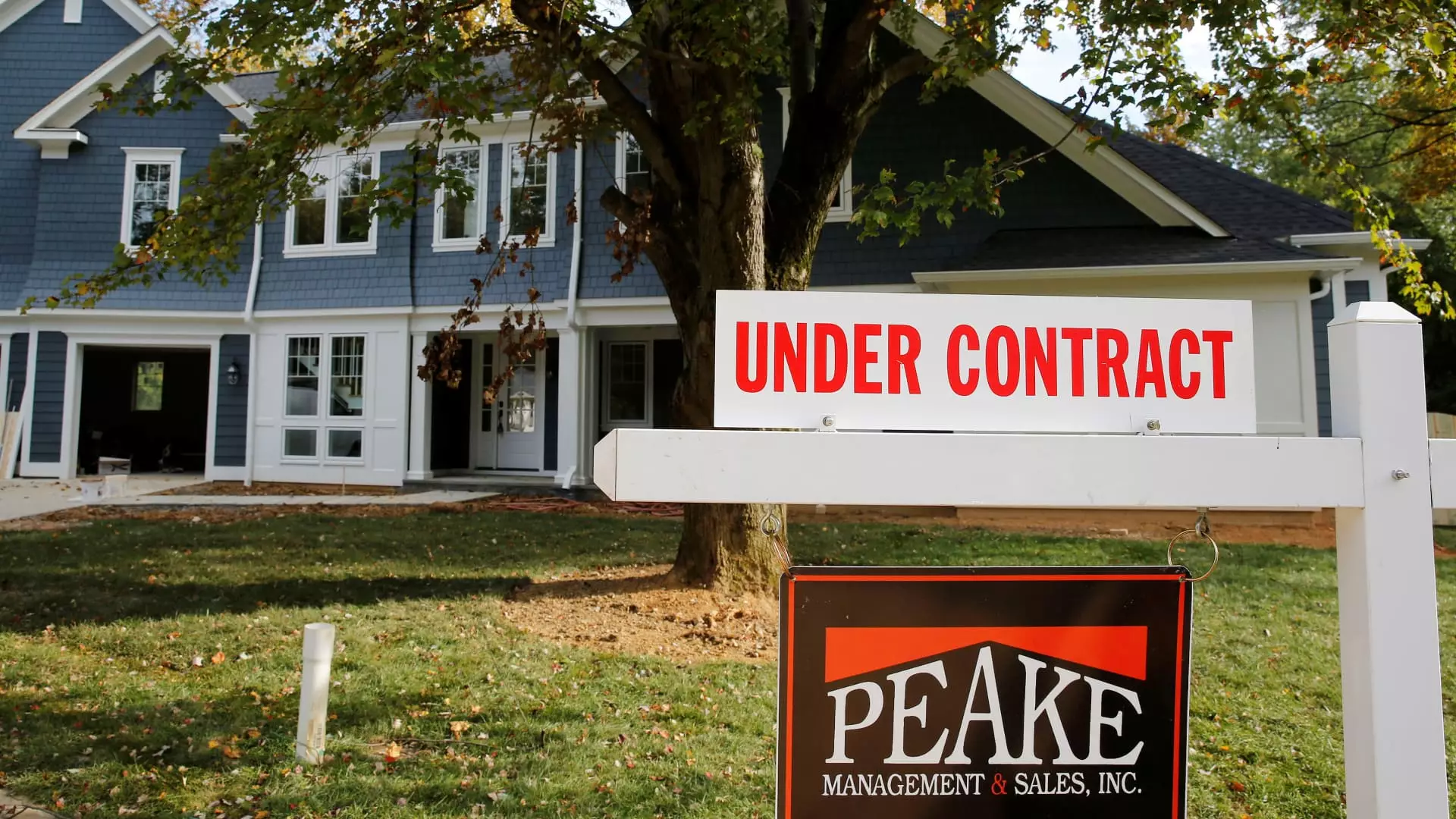In a striking development for the real estate market, the National Association of Realtors reported a remarkable 7.4% surge in signed contracts for existing homes in September compared to August. This increase defied analysts’ expectations, who had predicted a modest 1% rise. This uptick in pending sales, which reached levels not seen since March, reflects a deeper shift in consumer behavior and reveals how closely homebuyer decisions are tied to fluctuations in mortgage rates.
The dynamics of the housing market demonstrate a profound sensitivity to changes in mortgage rates. Throughout August, the average rate for a 30-year fixed mortgage declined and hit a low of 6.11% on September 11. This decrease evidently motivated buyers, who responded enthusiastically, capitalizing on the lower borrowing costs before rates began to climb again in October, now exceeding 7%. Such data underscores the critical role that financing conditions play in home purchasing behavior.
Regionally, the rise in pending sales was not uniform, with notable year-over-year increases seen in the Northeast and West, while the Midwest and South remained stagnant. The West, characterized by higher home prices, experienced the most significant gains, particularly as buyers sought to optimize their purchases against a backdrop of dropping rates. Lawrence Yun, the chief economist for Realtors, attributed this spike in contract signings to improved inventory levels alongside favorable mortgage rates during the late summer months. Looking forward, he expressed cautious optimism: “Further gains are expected if the economy continues to add jobs, inventory levels grow, and mortgage rates hold steady.”
Despite the recent uptick in pending home sales, challenges remain. The Mortgage Bankers Association noted that while mortgage demand experienced a 10% increase compared to the same week one year ago, these levels still fall below historical averages. Increasing mortgage rates pose an ongoing threat to affordability, particularly as the market adjusts to higher costs. Selma Hepp, chief economist at CoreLogic, offered a sobering outlook: with mortgage rates climbing back to 7%, the resurgence in pending sales might not be sustainable and could impede significant home sales growth in 2024.
The real estate market is navigating a complex environment shaped by shifting mortgage rates and varying regional dynamics. The surge in pending home sales signals a transient recovery fuelled by lower rates but warns of precarious affordability challenges moving forward. Buyers and market stakeholders must stay attuned to economic indicators and rate movements to make informed decisions in a landscape that seems poised for continued fluctuation. As job creation and inventory levels evolve, the trajectory of the housing market will remain a focal point for both analysts and prospective homebuyers.

